Multi-Frame Rendering is making its way into Adobe After Effects, often giving a 2-4x boost to performance with its greatly improved multi-threading capability. Will this make higher core count CPUs, or platforms with more RAM bandwidth, worth it?
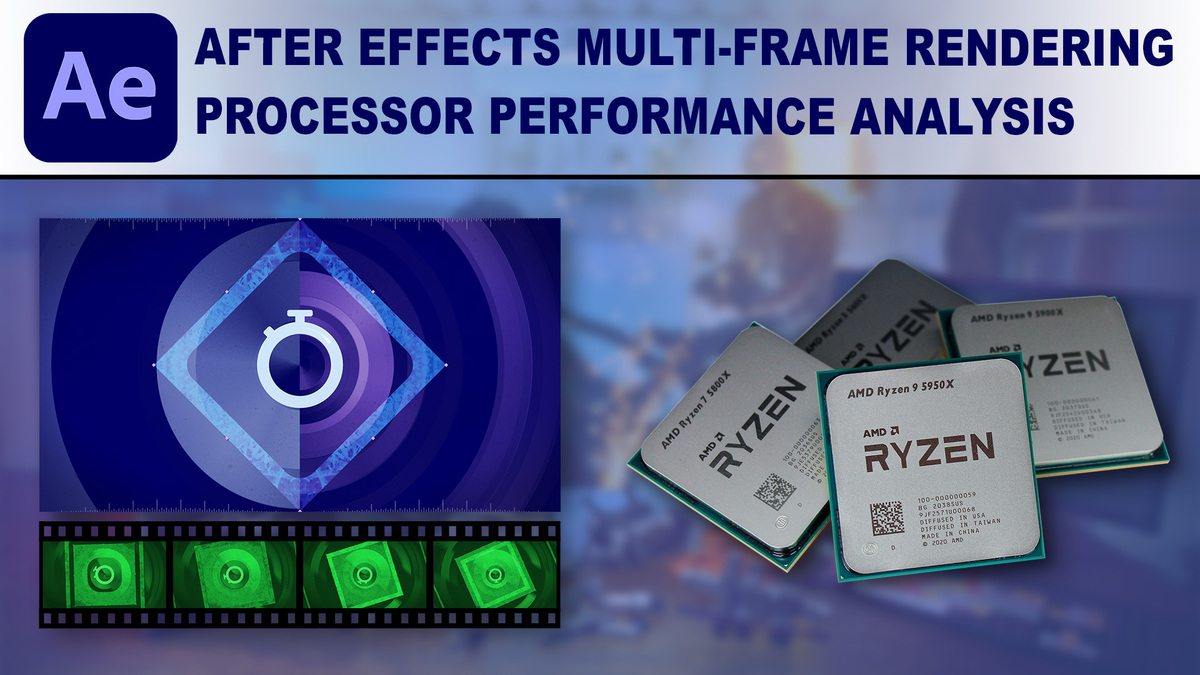

Multi-Frame Rendering is making its way into Adobe After Effects, often giving a 2-4x boost to performance with its greatly improved multi-threading capability. Will this make higher core count CPUs, or platforms with more RAM bandwidth, worth it?
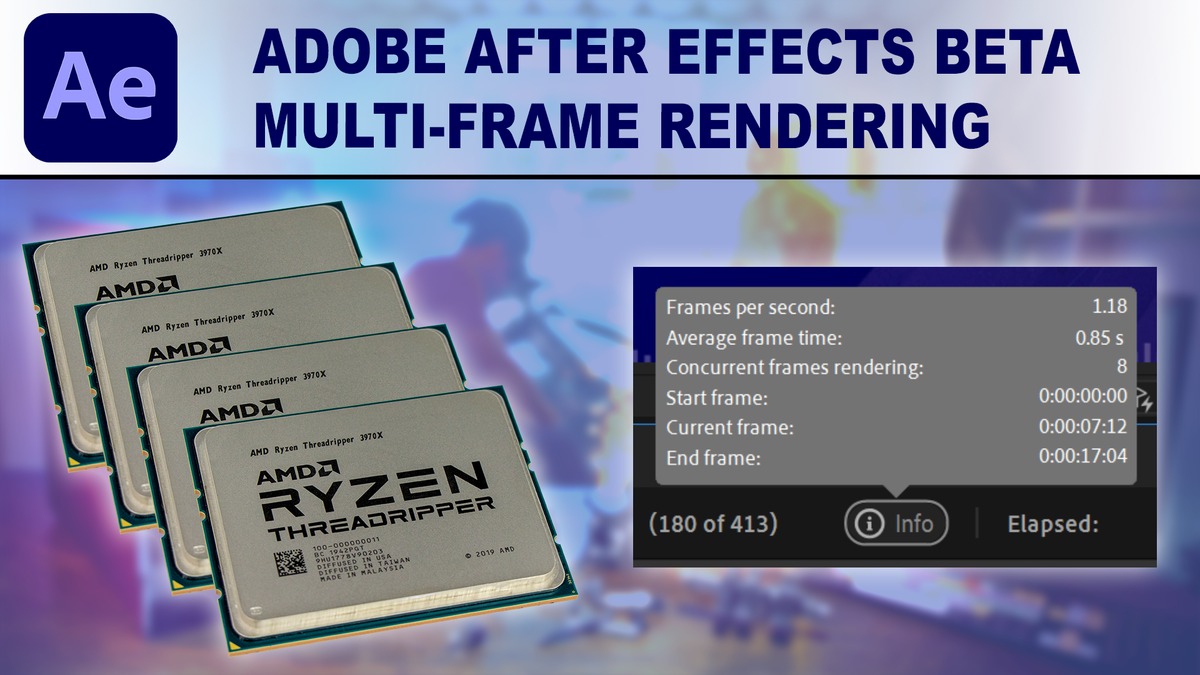
One of the most common hardware complaint you will hear about After Effects is that it doesn’t take advantage of the higher core count CPUs that are common in today’s workstations. In the new After Effects 18.1 BETA, however, Adobe is introducing a new feature called Multi-Frame Rendering which should vastly speed up render times when you have a higher core count processor.
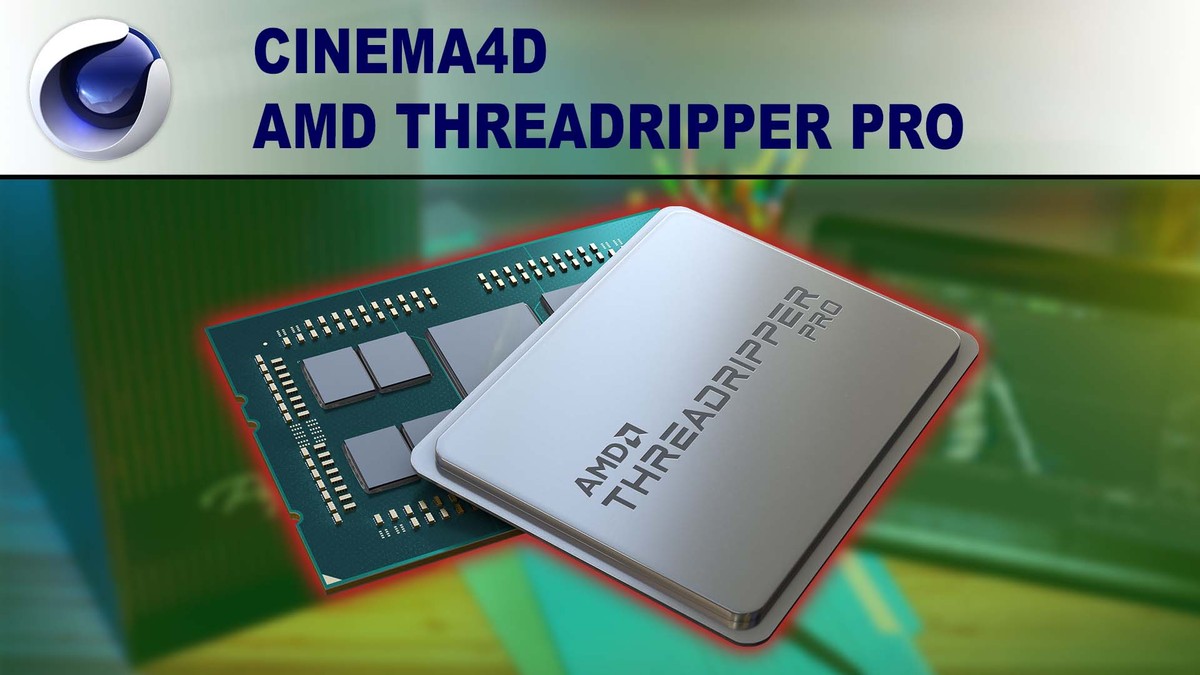
AMD’s new Threadripper Pro CPUs are here, combining many of the features from their Threadripper and EPYC CPU lines including increased memory and PCI-E capability. But are these extra features useful for Cinema 4D, or should you stick with the normal Threadripper processors?
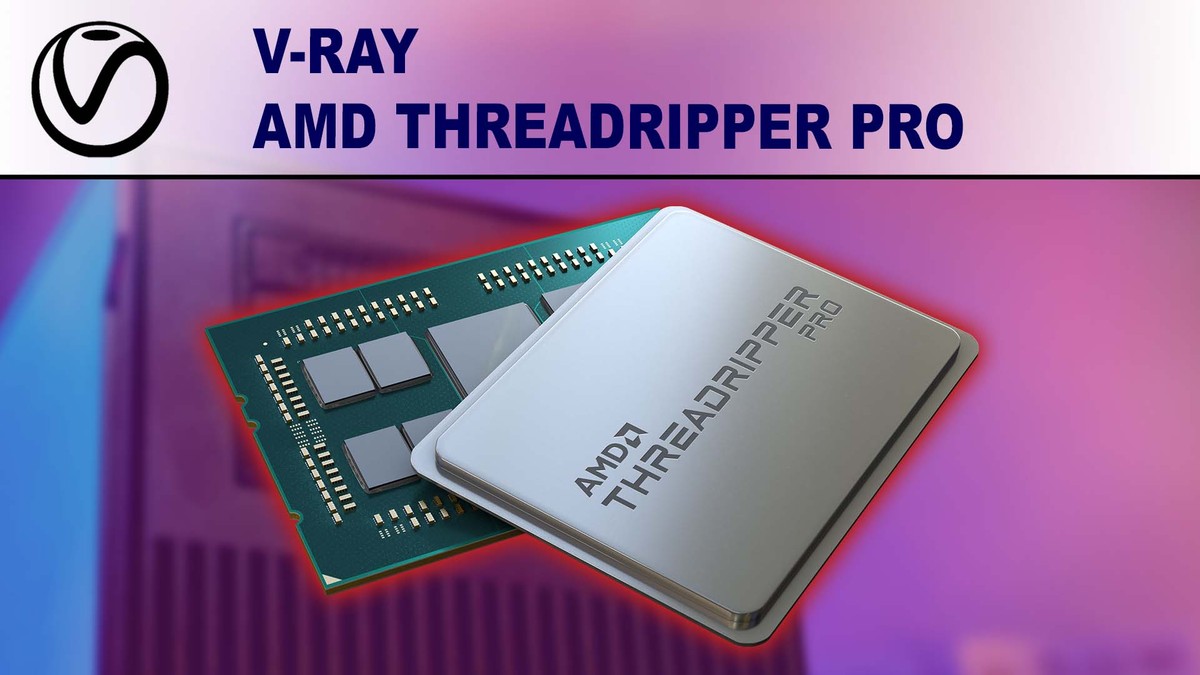
AMD’s new Threadripper Pro CPUs are here, combining many of the features from their Threadripper and EPYC CPU lines including increased memory and PCI-E capability. But are these extra features useful for V-Ray, or should you stick with the normal Threadripper processors?
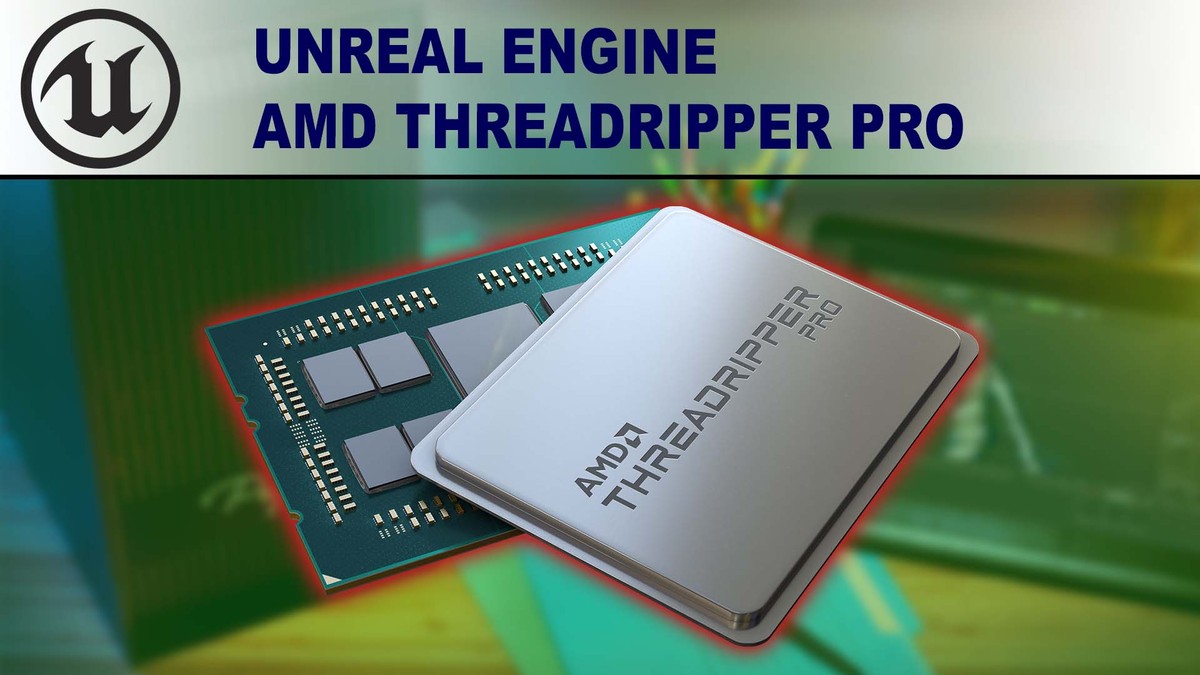
AMD’s new Threadripper Pro CPUs are here, combining many of the features from their Threadripper and EPYC CPU lines including increased memory and PCI-E capability. But are these extra features useful for Unreal Engine, or should you stick with the normal Threadripper processors?
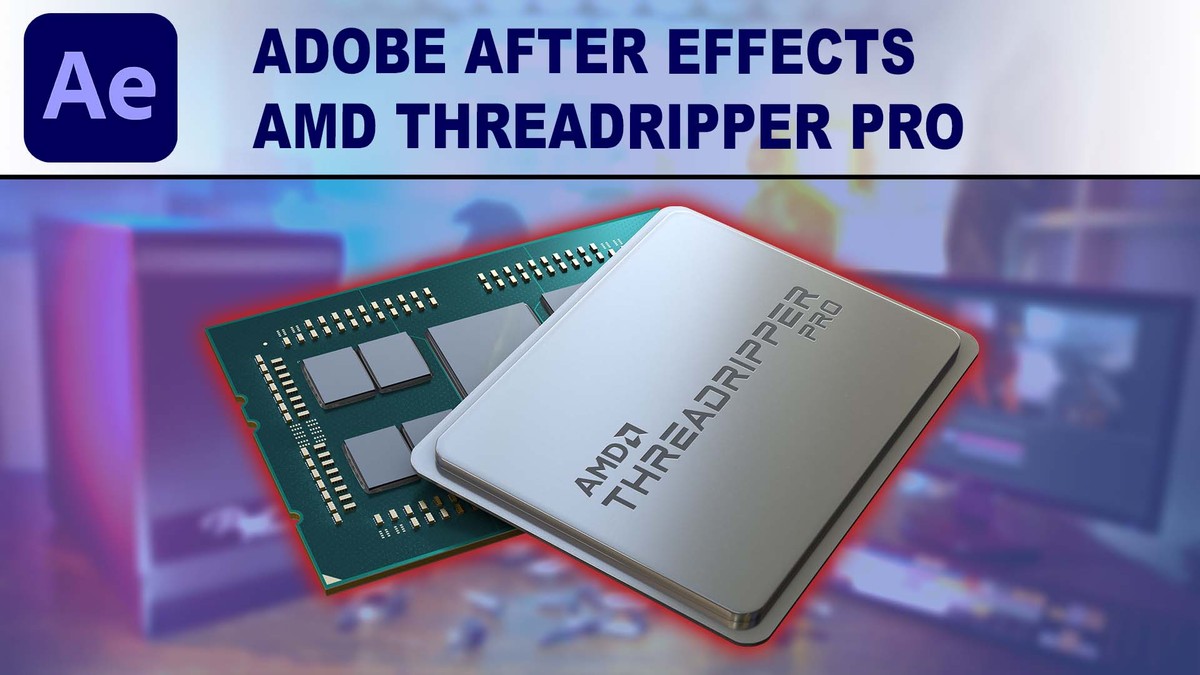
AMD’s new Threadripper Pro CPUs are here, combining many of the features from their Threadripper and EPYC CPU lines including increased memory and PCI-E capability. The amount of RAM you have available for After Effects is often critical, but is Threadripper Pro worth the cost in order to get up to 2TB of RAM, or should you stick with the Ryzen or Threadripper line of processors?

AMD’s new Threadripper Pro CPUs are here, combining many of the features from their Threadripper and EPYC CPU lines including increased memory and PCI-E capability. These increased capabilities should make them excellent for DaVinci Resolve, but are they worth the higher cost?
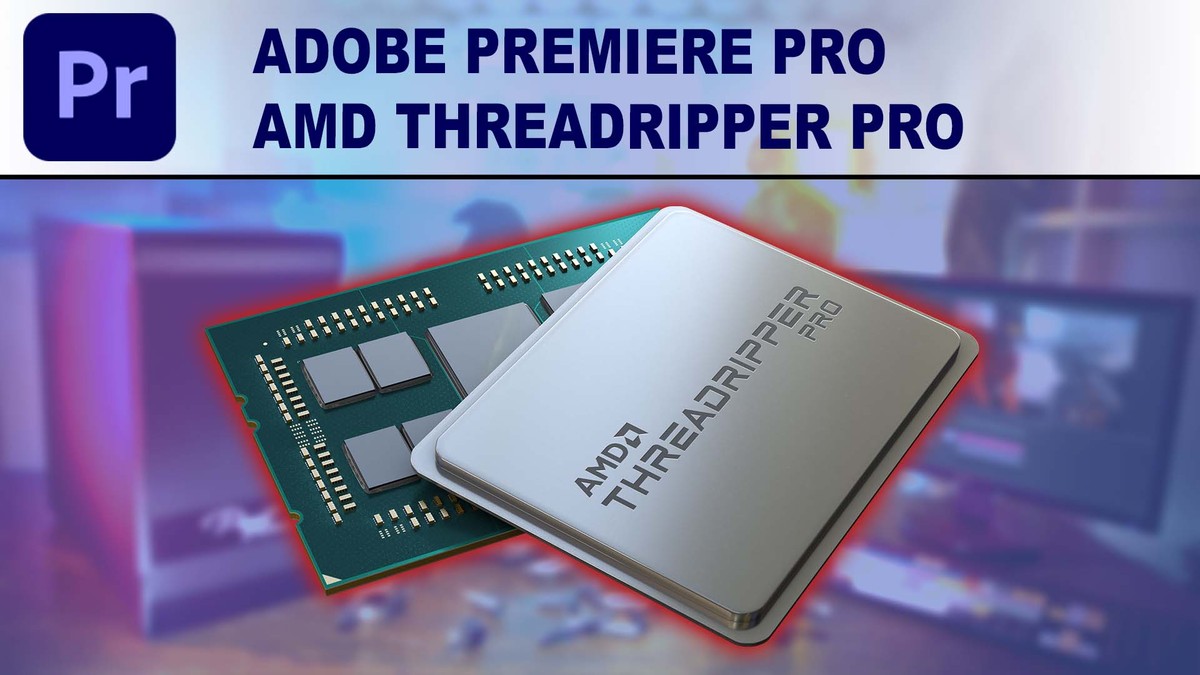
AMD’s new Threadripper Pro CPUs are here, combining many of the features from their Threadripper and EPYC CPU lines including increased memory and PCI-E capability. But are these extra features useful for Premiere Pro, or should you stick with the normal Threadripper processors?
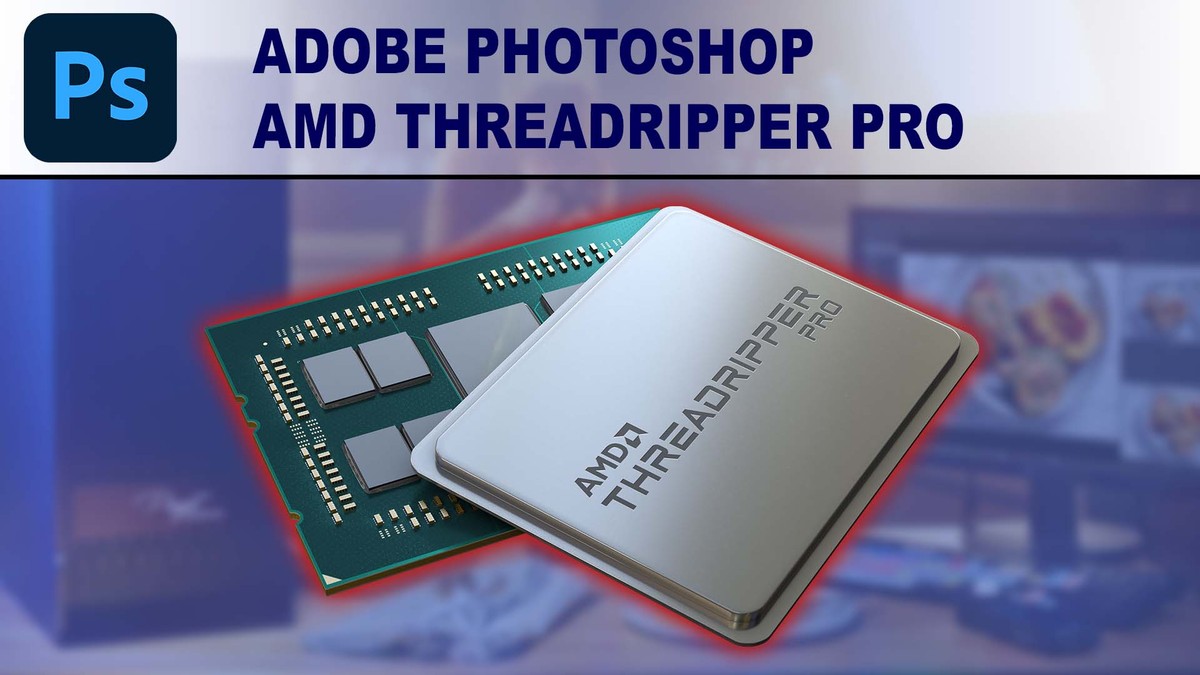
AMD’s new Threadripper Pro CPUs are here, combining many of the features from their Threadripper and EPYC CPU lines including increased memory and PCI-E capability. Photoshop may not be a prime candidate for this platform, but since it is one of the most widely used applications in the creative community, we wanted to see how Threadripper Pro compares to both the AMD Threadripper and Ryzen processors.
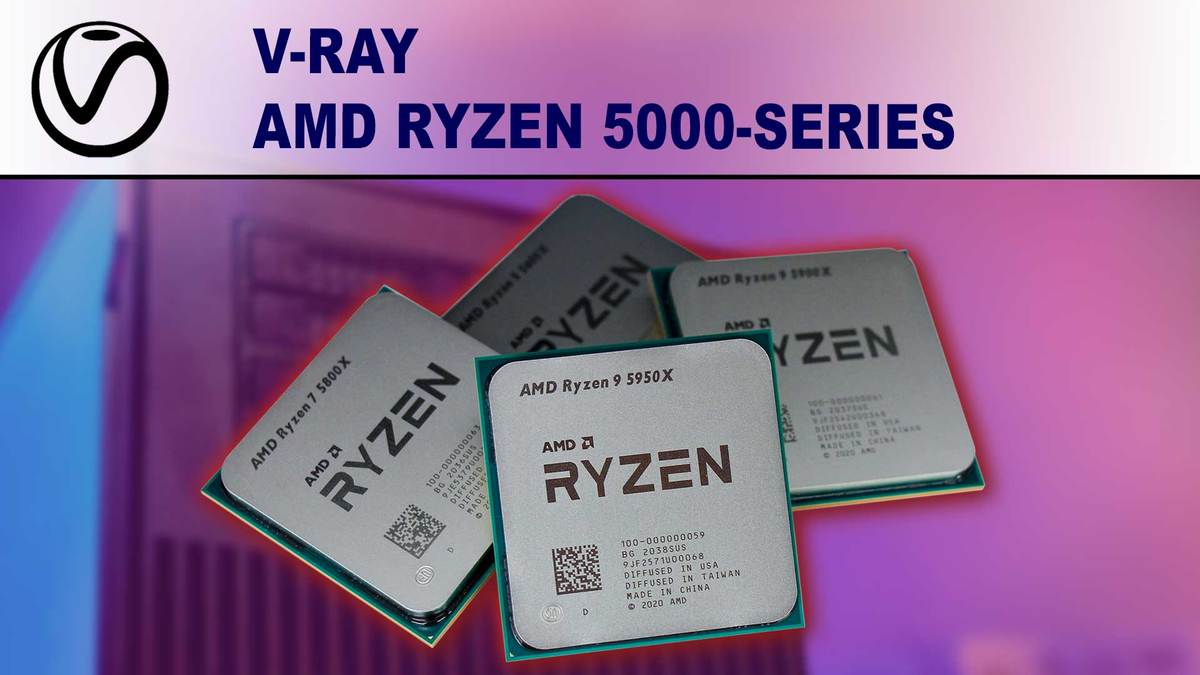
AMD is giving us the first taste of their new Zen 3 microarchitecture in the form of four Ryzen 5000 Series CPUs. This generation is supposed to have dramatically faster per-core performance than previous AMD processors, so what sort of impact does that have on CPU-based rendering engines like Chaos Group’s V-Ray? And how do these new models fare against other AMD and Intel processor families?